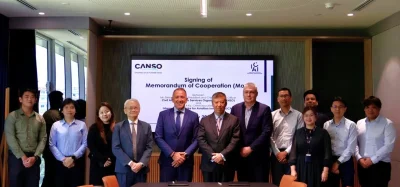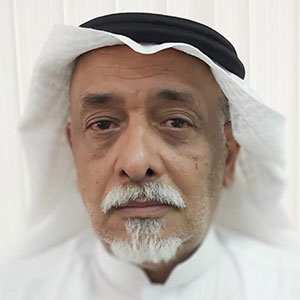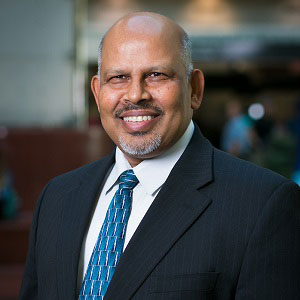Eppley Airfield installs advanced technology CT scanner at TSA checkpoint
Posted: 15 September 2020 | International Airport Review | No comments yet
By introducing the new CT scanner, Eppley Airfield gains an improved security threat detection capability and reduces unnecessary contact with passenger bags.


A new state-of-the-art, advanced technology computed tomography checkpoint scanner (CT) that provides 3D imaging has been installed and is in use at the Transportation Security Administration (TSA) checkpoint at Eppley Airfield (OMA).
The new technology provides critical explosives detection capabilities at the checkpoint and improves the capability for TSA officers to determine whether an item inside a carry-on bag is a possible threat.
The system applies sophisticated algorithms for the detection of explosives by creating a 3D image that can be viewed and rotated on three axes for thorough visual image analysis by a TSA officer. If a bag requires further screening, TSA officers will inspect it to ensure that a threat item is not contained inside.
Join us live: Shaping the Next Generation of Hold Baggage and Air Cargo Screening
Join us live for an insightful webinar on 11th December at 14:00 GMT, in collaboration with Smiths Detection, as we explore the strategic balance of operational efficiency, regulatory compliance, and sustainability in high-volume security environments.
This session offers a focused look into future-proofing your security strategy.
Key learning points
- Cost Reduction: Strategies to minimize bag travel time while simultaneously reducing operational costs.
- Regulatory Roadmap: Insights into the next wave of regulatory changes and their impact on future investment decisions.
- Sustainable Systems: Practical approaches to building sustainability into security systems and lowering the total cost of ownership (TCO).
- Scalable Solutions: Real-world examples of scalable systems supporting current airport growth and preparing for tomorrow.
Register now for expert insights, case studies, and actionable strategies on operational efficiency!
TSA’s Federal Security Director for Nebraska, Michael Fowler, said: “The new CT scanner uses 3D imagery, and it is so good that our TSA officers can manipulate the image on screen to get a better view of a bag’s contents and often clear items without having to open a carry-on bag. The use of this new technology represents an improved security threat detection capability at the checkpoint and, in addition, often reduces the need for pulling aside a bag to be opened, thus reducing a touchpoint during the pandemic.”
This CT scanner is similar to what is used to scan checked baggage for explosive devices, and has been re-sized to fit at checkpoints to create such a clear image of a bag’s contents that the system can automatically detect explosives, including liquids, by shooting hundreds of images with an X-ray camera spinning around the conveyor belt to provide TSA officers with the three-dimensional views of the contents of a carry-on bag.
Checkpoint CT scanner technology should result in fewer bag checks. Passengers using this machine at Eppley Airfield will be permitted to leave laptops and other electronic devices in their carry-on bags.
Stay Connected with International Airport Review — Subscribe for Free!
Get exclusive access to the latest airport and aviation industry insights from International Airport Review — tailored to your interests.
✅ Expert-Led Webinars – Gain insights from global aviation leaders
✅ Weekly News & Reports – Airport innovation, thought leadership, and industry trends
✅ Exclusive Industry Insights – Discover cutting-edge technologies shaping the future of air travel
✅ International Airport Summit – Join our flagship event to network with industry leaders and explore the latest advancements
Choose the updates that matter most to you.
Sign up now to stay informed, inspired, and connected — all for free!
Thank you for being part of our aviation community. Let’s keep shaping the future of airports together!
Related topics
Airside operations, New technologies, Passenger experience and seamless travel, Security


















